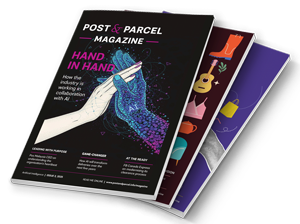
Royal Mail is being pushed too hard
With regard to recent industrial action by Royal Mail postal workers, although this probably lost the company some business, I think it needs to be seen in a wider context than a pay rise.
The Blair government supposedly gained agreement for a European free market with mail services but this is not being complied with by other European countries.
Successive governments have creamed off money from the Royal Mail rather than allowing this to be used for modernization.
The present management has proposed a worker shareholder partnership but the Government has refused it.
While other mail firms can cherry pick the more lucrative business deals leaving Royal Mail with the least profitable ones, yet the Government insists on a flat rate stamp regardless of distance.
Although postal workers deliver for rival businesses there is no reciprocal arrangement. The situation is therefore not a “level playing field”.
People who are criticizing the strikes need to ask themselves what the solution is.
If they expect door to door deliveries to continue on a nationwide basis they have to realize that this is a loss maker which private firms exploit – it would help if they were to pay a surcharge.
We are the only country in the world which provides such a service. Rural post offices provide people with a life-ine but they lose money.
Postmen are expected to work unreasonable hours in conditions most people would find unacceptable. Indeed, there is a queue for voluntary redundancy. At least the present Government is trying to provide affordable housing, the lack of which is a major reason for pay rise claims; although it would seem that building firms are digging in their heels to oppose the idea.
However, an interest needs to be taken in settling the dispute because in the long term it is the Government which is responsible for providing the country with an acceptable service.
What matters is not so much a few one-day strikes but whether or not, in the future, we have a postal service worthy of the name. Privatization and fragmentation is not a panacea as can be seen with the railways.










![Citizens Advice: We continue to see millions of people chasing lost parcels [and] having their accessibility needs ignored](https://postandparcel.info/wp-content/uploads/2020/12/parcels-440x264.jpg)

